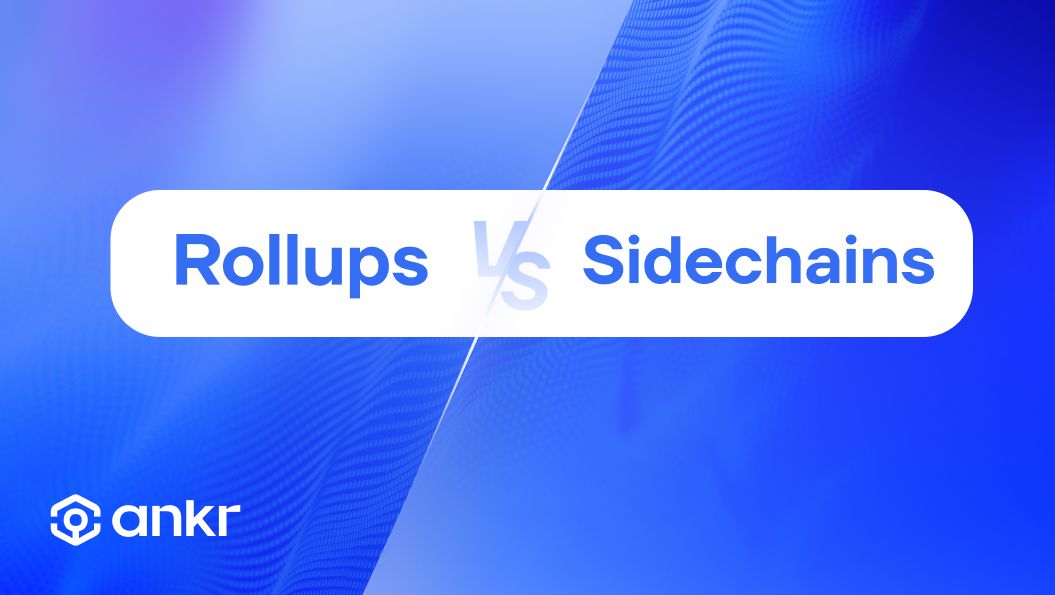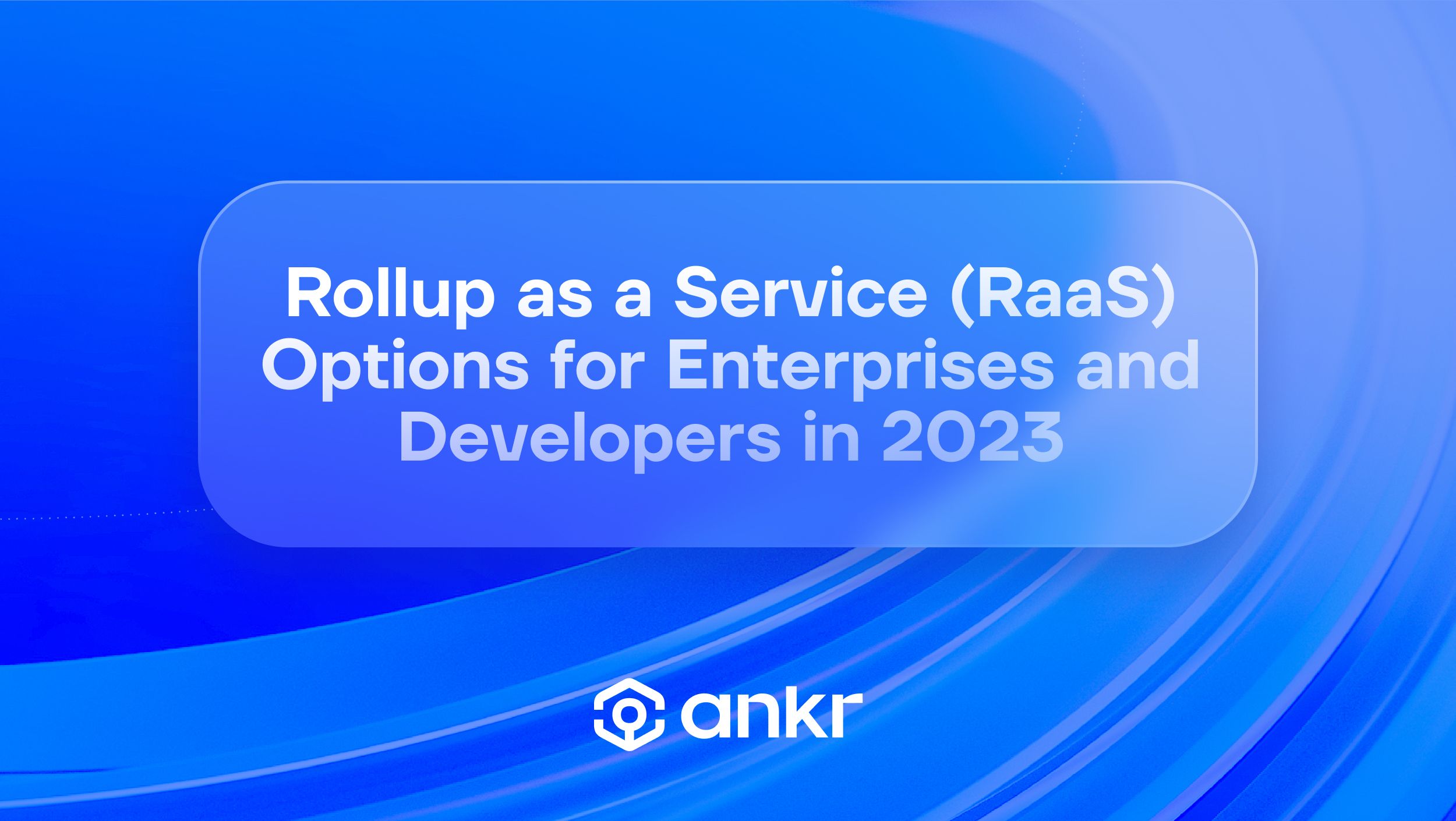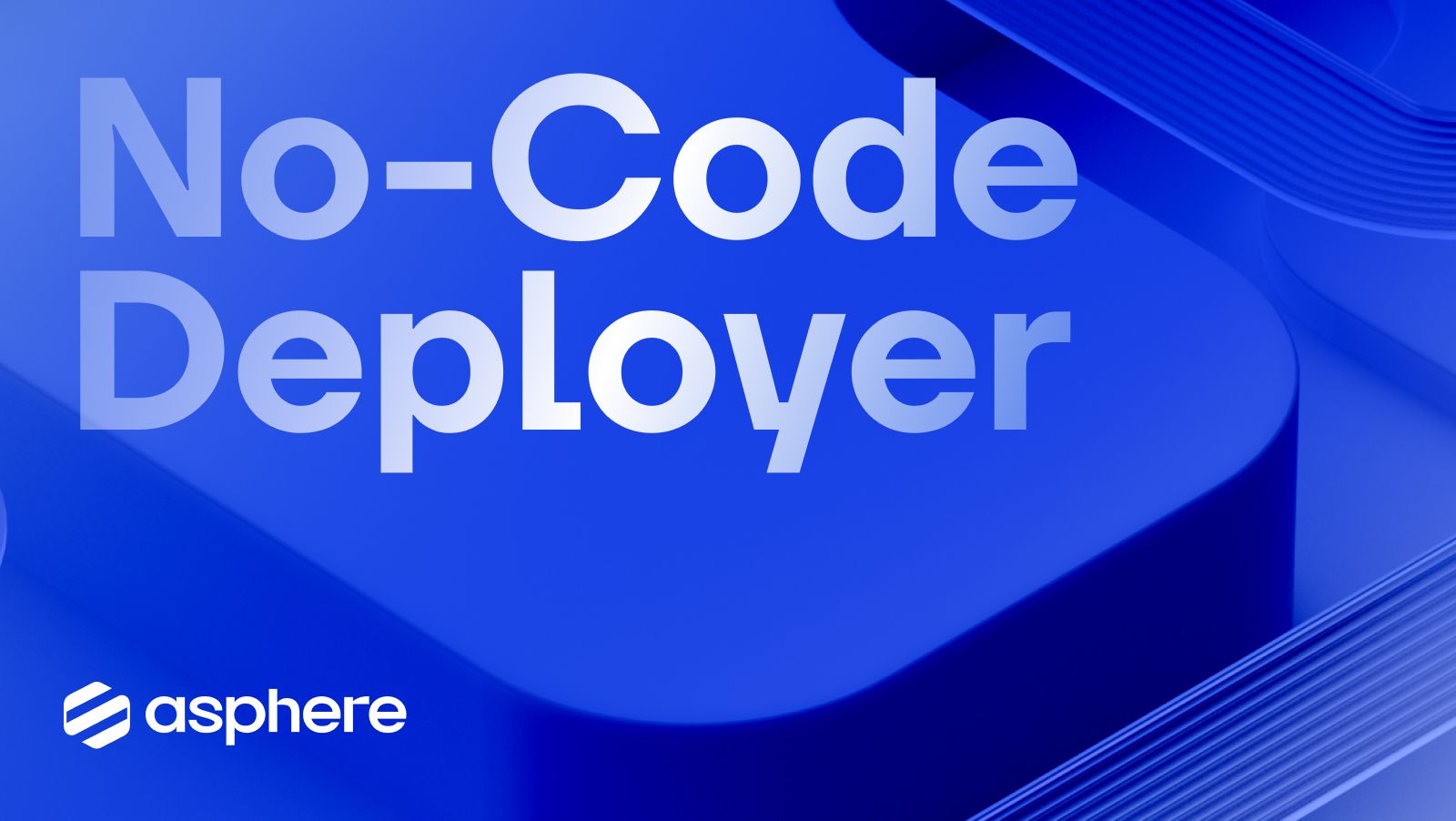Rollups vs. Sidechains: Main Differences - Ultimates Guide In 2024

Kevin Dwyer
January 3, 2024
6 min read

As the Web3 landscape exploded with growth and innovation, the scalability limitations of current blockchain technology became increasingly evident. Scalability, particularly on popular networks like Ethereum, became a hindrance to mainstream adoption and dApp development. Fortunately, innovative solutions like layer 2 rollups and sidechains emerged to address this challenge. While both fall under the umbrella of scaling solutions, these approaches differ significantly in their design and execution. Understanding these differences is crucial for developers, users, and anyone invested in the future of Web3.
Ankr’s Rollup as a Service & Sidechain as a Service Offerings
Ankr’s Scaling Solutions suite offers developers the ability to easily deploy their own rollup or sidechain blockchains effortlessly with full customization, engineering, and deployment by Ankr’s team. Any developer, dApp, or enterprise team can quickly personalize and deploy a new network on top of parent ecosystems like Ethereum, Polygon, Optimism, Arbitrum, zkSync, and more. Talk to an expert on the Ankr team or start building by following the link below.
Start building your own rollup or sidechain today →
Layer 2 Rollups: Batching Transactions for Efficiency
Layer 2 rollups operate by taking transactions off the main chain (layer 1) and processing them in batches on a separate chain. This "rollup" of transactions is then compressed and submitted back to layer 1 for verification and security. This approach offers several advantages:
- Increased Transaction Throughput: By handling transactions off-chain, rollups can significantly increase transaction throughput, allowing for faster and cheaper transactions.
- Reduced Fees: As the number of transactions per block increases, the average cost per transaction decreases. This makes rollups ideal for applications with high transaction volume.
- Enhanced Security from Parent Chains: Rollups inherit the security of the main chain, as the validity of transaction batches is ultimately verified on layer 1.
However, rollups also have some drawbacks:
- Limited Functionality: Some rollups may have limitations in terms of the smart contracts they can run, restricting their versatility compared to layer 1.
- Interoperability Challenges: Moving assets between layer 1 and various rollups can be technically complex and require specific bridging protocols.
What Are Layer 2 Rollups Best For?
Layer 2 rollups are designed to address the scalability limitations of layer 1 (L1) blockchains while maintaining compatibility with their use cases. Essentially, L2 rollups aim to enhance throughput and reduce transaction costs without sacrificing the security and decentralization features provided by the underlying layer 1.
Simply put, layer 2 rollups excel in executing transactions for the very same use cases as layer 1 blockchains – only on a much grander scale with higher capacity for transactions.
Ideal use cases deployed on a layer 2 blockchain could be something like Loopring, which powers high throughput and low gas fees for decentralized payments and trading for digital assets. The use case is the same as the Ethereum layer 1 blockchain but with much better performance.
Primary Types of Layer 2 Rollups
Optimistic Rollups like Optimism and zk-Rollups like zkSync are two distinct layer 2 scaling solutions for blockchains, each employing different approaches to achieve scalability. Here are the key differences between Optimistic Rollups and zk-Rollups:
Optimistic Rollups
Optimistic Verification Approach: Optimistic Rollups rely on a simple and optimistic approach for transaction validation. Transactions are initially assumed to be valid, and a fraud-proof is submitted to the main chain only if a dispute arises.
Full Data Availability: In Optimistic Rollups, all transaction data is published on the rollup chain, making it publicly accessible. This ensures that anyone can validate and challenge transactions if needed.
Smart Contract Execution: Optimistic Rollups are compatible with the Ethereum Virtual Machine (EVM), allowing developers to deploy and run smart contracts without modification.
Scalability through Data Availability: The primary scalability benefit comes from moving transaction data off-chain while relying on the main chain for dispute resolution, resulting in reduced transaction costs and faster confirmation times.
General Smart Contracts: Optimistic Rollups are suitable for a wide range of applications and smart contracts, offering a flexible environment for developers.
zk-Rollups
Verification With Zero-Knowledge Proofs: zk-Rollups use zero-knowledge proofs to achieve transaction validity without revealing transaction details. Validators provide succinct proofs that attest to the correctness of transactions.
Reduced Data On-Chain: zk-Rollups only require proof data to be submitted to the main chain, keeping the bulk of transaction data off-chain. This can lead to lower on-chain data storage requirements.
EVM Compatibility with Constraints: While zk-Rollups are EVM-compatible, there might be constraints on certain complex operations due to the nature of zero-knowledge proofs.
Scalability With Privacy: The primary scalability benefit of zk-Rollups is achieved by utilizing zero-knowledge proofs, which allow for transaction validation without revealing the details, thereby improving privacy and reducing on-chain load.
Privacy-Focused Applications: zk-Rollups are particularly advantageous for applications where privacy is a critical consideration, such as applications handling sensitive data.
Sidechains: Independent Blockchains with Flexible Design
Sidechains (AKA App-specific blockchains or ‘AppChains’) operate as independent blockchains that run alongside the main, or “parent” chains such as Avalanche or BNB Smart Chain. They have their own set of validators, consensus mechanisms, and rules, which allows for greater flexibility and customization. This flexibility offers benefits such as:
- Greater Scalability: Sidechains can achieve even higher transaction throughput than rollups as they are not constrained by the limitations of the parent chain at all.
- Enhanced Functionality: Sidechains are not limited by the smart contract capabilities of the main chain, allowing for more experimental and innovative features.
- Potential for Interoperability: Sidechains can be designed to interact with other sidechains or blockchains, facilitating cross-chain communication and asset transfer.
However, sidechains also come with their own set of challenges:
- Weaker Starting Security: Unlike rollups, sidechains rely on their own security mechanisms and validator node infrastructure, which may not be as robust as the security of the main chain, especially at the start of operations.
- Centralization Concerns: The use of dedicated validators for sidechains can lead to concerns about centralization and potential manipulation.
- Complexity: Managing and interacting with sidechains can be more complex than using layer 1 or rollups.
What Are Sidechains Best For?
Sidechains, much like layer 2 (L2) rollups, offer unique advantages and cater to specific use cases in the blockchain ecosystem. While L2 rollups focus on enhancing scalability while maintaining compatibility with layer 1, sidechains take a slightly different approach to achieve similar goals.
Sidechains are particularly well-suited for hosting decentralized applications (dApps) that require specialized features not readily available on the main blockchain. This could include experimenting with different consensus mechanisms, governance models, or even creating custom smart contract languages.
The Right Choice for Your Web3 Project
Choosing between layer 2 rollups and sidechains depends on your specific needs and priorities. If you prioritize high transaction throughput, low fees, and strong security, then rollups might be the better option. However, if you require greater flexibility, functionality, or interoperability, then sidechains might be a more suitable choice.
Contact the Ankr sales team for more help making the right decision for Rollup vs. Sidechain.
Build your Scaling Solution now with Ankr →
Final Thoughts
Ultimately, both rollups and sidechains play vital roles in scaling Web3 and enabling its future growth. Understanding their differences will empower developers and users to choose the best tools for their specific needs, paving the way for a more efficient, scalable, and interoperable Web3 ecosystem.
Join the Conversation on Ankr’s Channels
Twitter | Telegram Announcements | Telegram English Chat | Help Desk | Discord | YouTube | LinkedIn | Instagram | Ankr Staking
Similar articles.

Rollup as a Service: What is, Types, ZK vs Optimistic Rollups - much more!

Kevin Dwyer
October 11, 2023

What if every decentralized application, enterprise, or crypto use case had the opportunity to operate on its own layer-2 blockchain? This is the question that...

Rollups vs. Sidechains: Main Differences - Ultimates Guide In 2024

Kevin Dwyer
January 3, 2024

As the Web3 landscape exploded with growth and innovation, the scalability limitations of current blockchain technology became increasingly evident. Scalability, particularly on popular networks...

No-Code Deployer App for Rollups Is Live In Collaboration With Arbitrum!

Kevin Dwyer
July 9, 2024

Asphere, a partner company launched by the leadership team behind Ankr as the new home for enterprise-level projects, has just released an innovative no-code...



